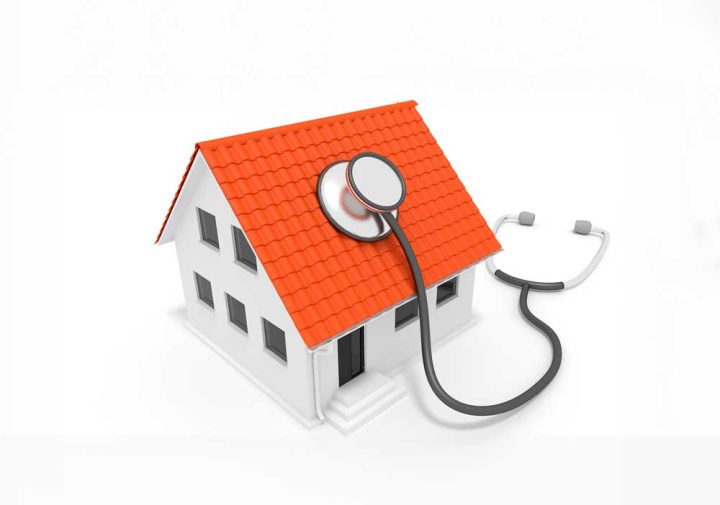
Sick Home Syndrome
Medical experts in New Zealand and Australia are noticing a rise in “sick home syndrome”, both at home and in offices.
- Chemical contamination, including tobacco smoke, copy machine fumes, formaldehyde (often present in office furniture), asbestos, and gas space heaters, along with outside contaminants such as vehicle and building exhausts.
- Poor ventilation, occurring when insufficient fresh air is brought into the building from the outside. This causes carbon dioxide levels to rise, oxygen levels to decrease, and concentrations of indoor toxins and pathogens to increase, because they are not being diluted by outside air.
- Biological factors, such as mould, bacteria and allergens, often caused by poorly-functioning air conditioning and ventilation systems.
Jim’s Cleaning Group CEO, Ali Olmez, says that even though householders clean regularly, they could still be exposed to toxins, pesticides, gases, mites, viruses, bacteria, and mould in the home.
“This may exacerbate respiratory problems and allergies, and cause fuzzy thinking, sleep disturbances, and frequent headaches, fatigue, sore throat, and stomach upsets, triggered by conditions within living spaces,” he says.
The kitchen, bathroom, and high-touch surfaces are breeding grounds for bacteria and viruses. Household chemicals and pesticides also pose health risks, with symptoms ranging from headaches to seizures, and dust mites, cockroaches, and mould can trigger allergies and respiratory issues, affecting household health, he adds.
“The greatest take away is that even though you have a regular cleaning schedule and you’re regular with vacuuming, mopping and cleaning, it doesn’t mean that your house is bacteria and germ free. Taking added precautions in cleaning high touch surfaces and difficult to get to areas can be helpful in preventing viruses and bacteria from spreading amongst family members.”
- Removing the source: If the source can be identified, then the symptoms may be reduced easily by removing the source. For example, if your desk is located near a copy machine and you are experiencing respiratory symptoms, try to move to a different workspace, farther away, to see if your symptoms improve.
- Cleaning: A thorough home ventilation and air duct clean many eliminate many pathogens such as mould, bacteria, and dust, so circulating air is of higher quality.
- Increased ventilation: Better ventilation can also dramatically improve indoor air quality.
SICK HOME SYNDROME
A term used to describe situations where building occupants develop specific physical symptoms when spending time in a particular building. Such symptoms often include cough, chest tightness, nausea, light headedness, throat and nasal irritation, and fatigue.



